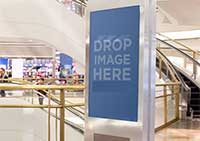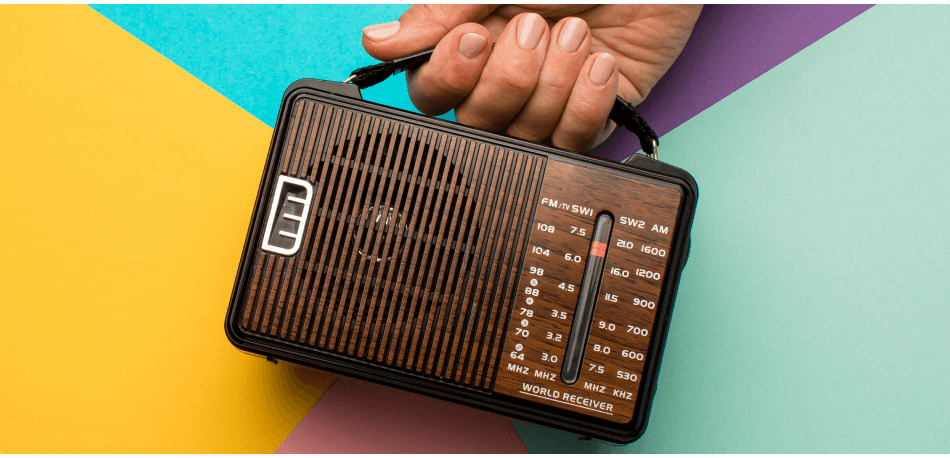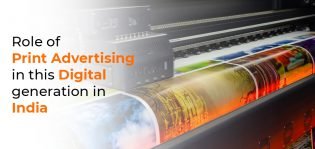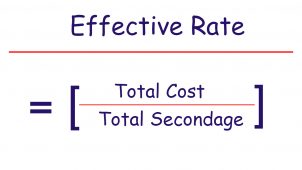Print Ads
Like electronic and digital media, print plays a crucial role in the advertising industry. Strategic use of print media most effectively & efficiently increases the sales, revenue and profits. The design and placement of ads in publications, newspapers & magazines can help reach a wider target audience, whether it be a niche market or the general public. Print media advertising increases brand loyalty and purchase decisions far more than online advertising and electronic ads. Consumers view print media as more believable & trustworthy than radio, TV and the internet. Even with diminishing print media viewership, as per a survey in 2018, it was found that consumers trust print ads more than any other type of advertisement.
Why evaluation is necessary?
Evaluating different parameters before a print media buy is very important to make your campaign investment fruitful. Unlike television & digital media, evaluation of a print buy is not that complicated. One of the key reasons for this is that print do not have dynamic readership data or minute-by-minute tally and print readership is also a habit based.
The Evaluation factors
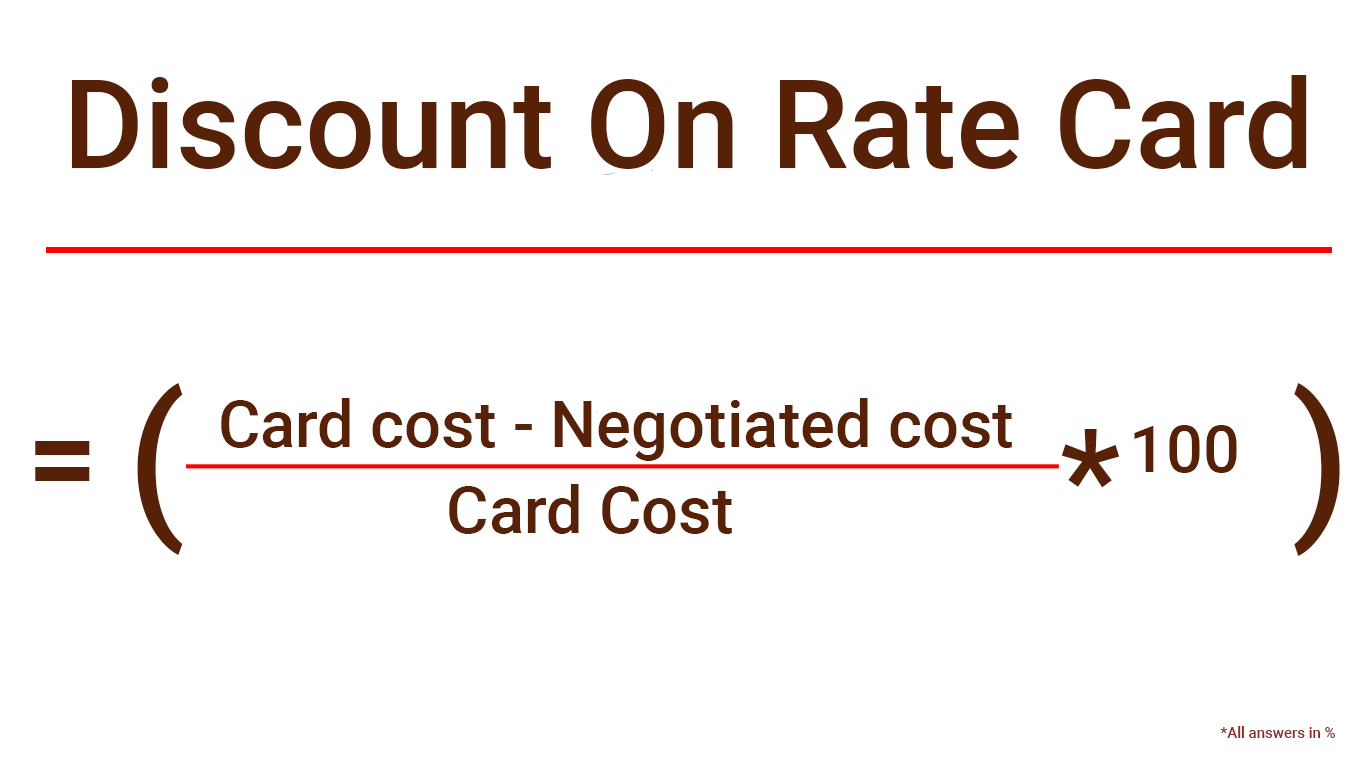

Discount on Rate card – This is one of the primary parameters, the quantum by which the card rate is lowered or actual savings for the client. For print Ads, the market-leading publications offer lesser discounts when compared to the comparatively newer publications. Due to extreme competition, even the leading print publications have come up with attractive discounts nowadays.
Inflation – Discounts alone are not the deciding factor for buying the print plan, instead inflation in the costs are to be closely considered as well. Certain publishers price cards at a higher rate & offer large discounts, thus monitoring inflation & increasing costs are supremely important. A good print buy has lesser inflation in negotiation rates than the inflation in card rates.

CPT (Cost per thousand) – The best way to judge a print buy is to pivot on the delivery vs cost. The CPT reached in print is calculated by the number of print publications in which Ad communication is carried & not the actual number of people the Ad message has reached through those publications.
Readership vs Circulation – It gives an idea of total copies in circulation and the number of readers per copy. Fortnightly publications & magazines have more readers per copy than in daily newspapers.
Growth incentives – If the print publication agency gains substantial growth after the Ad campaign in their publications, the publishers offer additional discounts to the brand and makes its relationship stronger. Growth incentives can come in the form of free ad space on the newspaper which the Advertiser can utilise within a specific time period.
Discounts for colour ads – Color Ads carry a higher price tag than B&W ads. But in the last few years, some of the major publications have reduced the price gap between B&W ads and colour ads, some publications even offer all colour advertising patterns as well. Publications offer better discounts on the colour Ad space since it nets better realisations than the B&W ones for the publications.
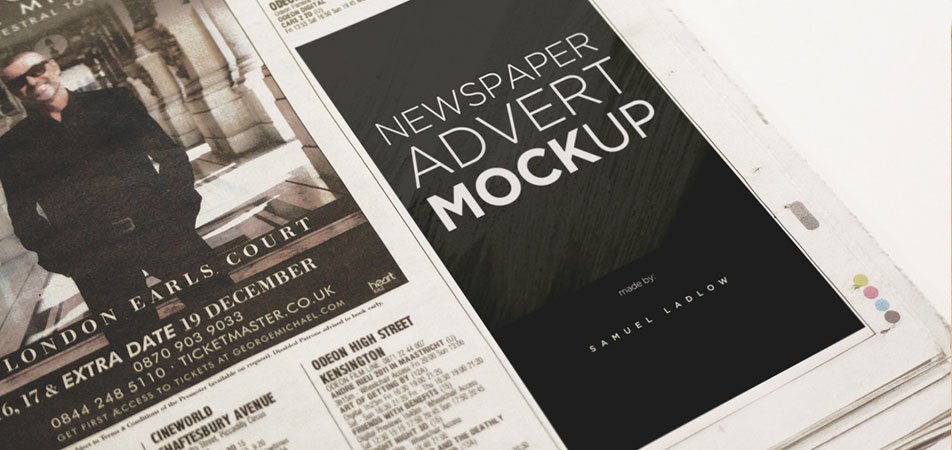
Positioning – Position of the Ad placed in the print publication plays a stupendous role in noticeability of the Ad. Publishers charge premium rates based on which page advertisers need their Ad to be placed. Front page Solus ad can cost 3X more than an inside page Ad. A regular Ad can be upgraded to a special position to ensure higher noticeability as well.
Combination Deals – Most of the print buy deals are an effective combination of several chunks of discounts. From discount on card rates to differential discounts on colour, growth incentives and upgrades, the savings for the brand, therefore, is a factor of all these elements.
Solutions selling – Print publishers have extended their operations from just serving readers to directly delivering to markets using other media services like the internet. Most of the media companies have their own market penetration activities to further increase their reach in the industry. For instance, a popular newspaper brand hosts several fashion shows in India, a popular magazine group hosts awards for the best companies to work in India.
Innovations – With increased competition in all forms of media including print, publishers are obligated to adapt to more innovative strategies for Ad placements. At the highest level of adding value, innovations help brands stand out in the cluttered environment. There are several innovations possible now such as layout based, format based, editorial supported, exclusives etc. Clients & agencies approach innovations from different angles to get most of their campaigning process.
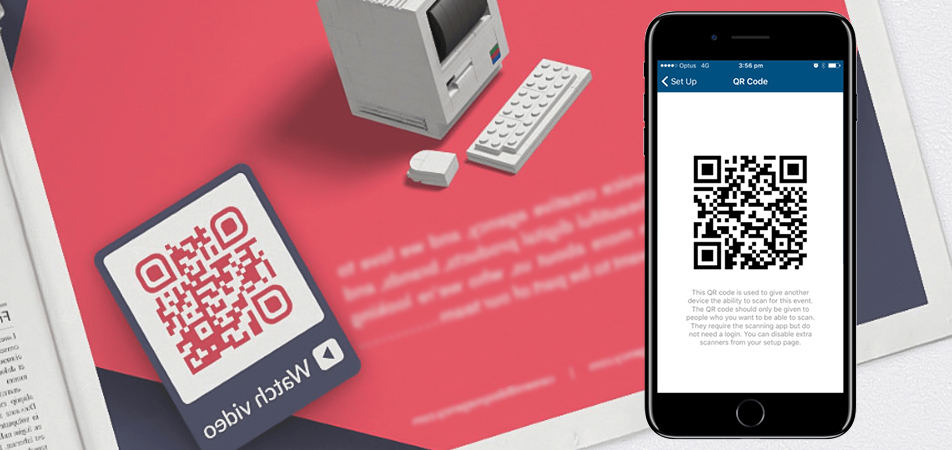
When the above factors are properly taken into consideration and a proper print plan is devised, print-based Ads provides the ability to do things that almost no other advertising is able to do at all. The printed advertising can be highly informative & value-adding to the brand in a cost-effective way. The importance of print advertising is evident in almost any campaign. The addition of Print advertising media campaign to an existing media plan has proven to improve the results of a brand Advertising. People are more likely to remember an ad as well as connect with a brand image.
Why Mplan Media-
We provide newspaper advertising based on proper planning using readership, circulation & cost metrics is absolutely essential to make sure your newspaper ads are fruitful. Using insights from NRS, IRS & TAM Adex database is procured. Right print mix to achieve your objectives in the fastest way & the best print advertising cost for a better ROI. Complete information about your competitors’ plans so as to help you fine-tune your newspaper & magazine ad campaigns. Creating a powerful sales channel through PRINT Advertising.








